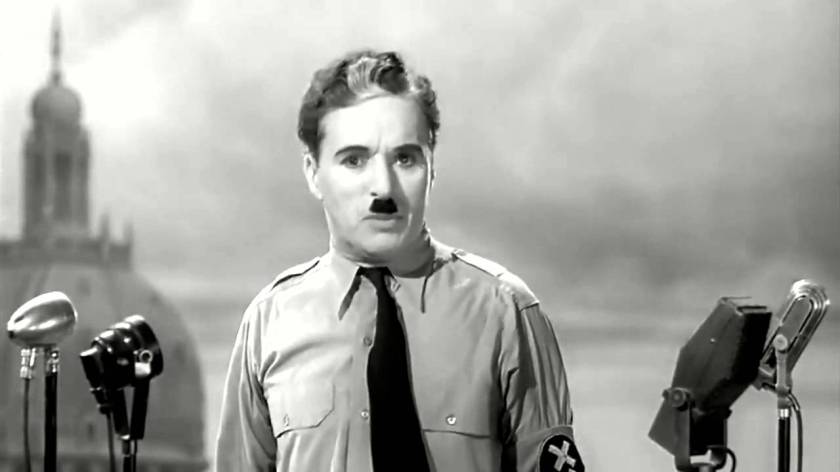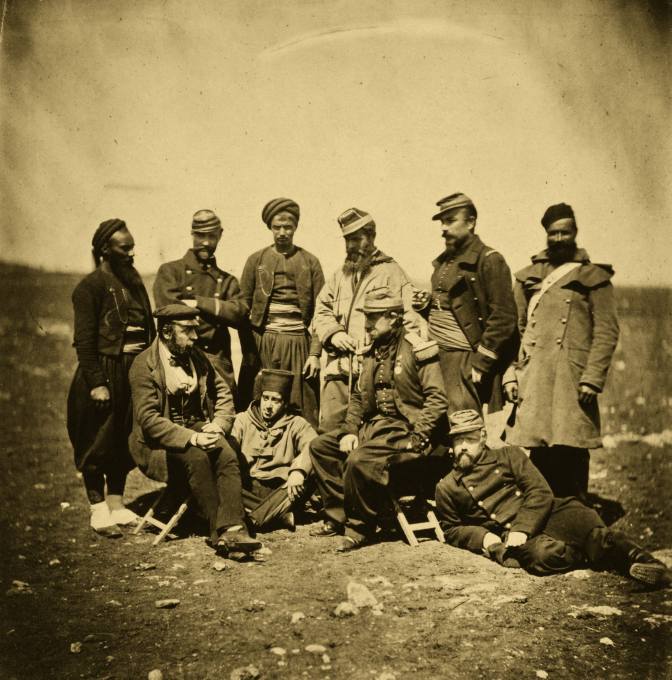Author: alloraproductions
Timeline Update/Work in Progress
The following document is what our group has been working off to include in our timeline. We expect the final version will hit all of these events and individuals with a clean timeline that will hopefully not have any spelling mistake or errors. We will also redo the beginning and end of the timeline to use our own work or footage/work that discusses what multimedia is and why studying history is important.
I’m not sure Amy discussed it during the last presentation, but we were playing with this idea of color coding the timeline in such a way that news of print is one color, radio is another color, film is a different color and so on.
Brief 1_Version 4_First Draft
Thueson v4_What have I learned from multimedia
Wording needs to be solidified, but I believe I found the things I would like to discuss which are the events I learned or those that stood out the most and why they matter. I would love to have your feedback and please let me know if you think some aspects are not necessary or if I’m forgetting anything I should be discussing.
Timeline Update 11/14/18
Timeline Presentation
The Great Dictator
Premiered in 1940 in New York, The Great Dictatoris a film written and directed by Charlie Chaplin. The story of the film follows two stories and how they intertwine. The first involves a Jewish Barber who spent time in the Great War and ended up in a war hospital for years and once he wakes back up, he attempts to return to his everyday life without realizing that Adenoid Hynkel has rose as the fascist dictator and has created the Jewish ghettos. The second shows Adenoid Hynkel in his role as the dictator who believes in a purely Aryan state and wants to take over the world. The film parallels the life of the two men living during the same time period, one in such high power and the other at the lowest point. As the barber and the dictator share a striking resemblance (as they are both played by Charlie Chaplin), the two get confused in the film. The timing of its production was significant as it highlighted what was actually occurring in the world during the time as World War II had started.

The final speech of the barber speaks on how every person should be equal and free, how the world cannot run on greed and hate, as it will only lead to violence and cynicism. “More than machinery, we need humanity. More than cleverness, we need kindness and gentleness.” The barber speaks on how technology of radio and airplanes have brought people closer together. The speech is seen to be given to not only the people of the barber’s audience, but of the audience of those watching the movie and to speak to them about how they have the power of democracy and freedom to bring us all together and to live a happy life.
3-POINT LIGHTING 1️⃣2️⃣3️⃣
3-point lighting is a lighting technique with a key light, a fill light, and back light or rim light. This is a standard set-up used most often in early television and for interviews. This lighting seems to be pleasing to the eye and give adequate lighting while providing more depth to scene. The key light lights the overall scene. The fill light is usually set-up opposite to the key lights and fills in deep shadows. The back light or rim light is directly behind the subject and while it illuminates the least amount, it adds a slight glow to the back of the character.
History of Multimedia 2.0
⚡️Electricity⚡️
Conductors are materials that allow electrons (negative charge) to move freely and insulators are materials that do not allow electrons to move freely. When the electrons constantly move electricity becomes a current, like a stream of water, but made up of electrons. With random patterns being pushed in a certain direction due to magnetism.
War Photographers of the 19th Century
Roger Fenton was a British photographer who photographed British troops in 1855 during the Crimean War. Fenton dealt with controversy over his techniques, but he did avoid taking photographs of the dead or wounded soldiers during war.

Roger Fenton’s work of war times (showed on the above) convey some of the faces of war. Through this photo we can see the way the soldiers who fight alongside each other are a family. Even in the way the photo is taken, like some family portrait. The men are close and happy to have each other even if they are not fond of war times.
Another war photographer Matthew Brady, did just the opposite of Fenton. His studio was well known in New York and produced a photo of Abraham Lincoln which was widely circulated during the 1860 election. When the US Civil War broke out, Brady reached out to travel with the Union to record the war through violent photographs.
 Mathew Brady’s photography work (pictured above) captured war conditions and the faces of war, like those of Fenton. However, Brady’s work was harsh and showed the death of war. Even now it is hard to see the wounded and lost soldiers who were fighting for this country over a hundred years ago.
Mathew Brady’s photography work (pictured above) captured war conditions and the faces of war, like those of Fenton. However, Brady’s work was harsh and showed the death of war. Even now it is hard to see the wounded and lost soldiers who were fighting for this country over a hundred years ago.





